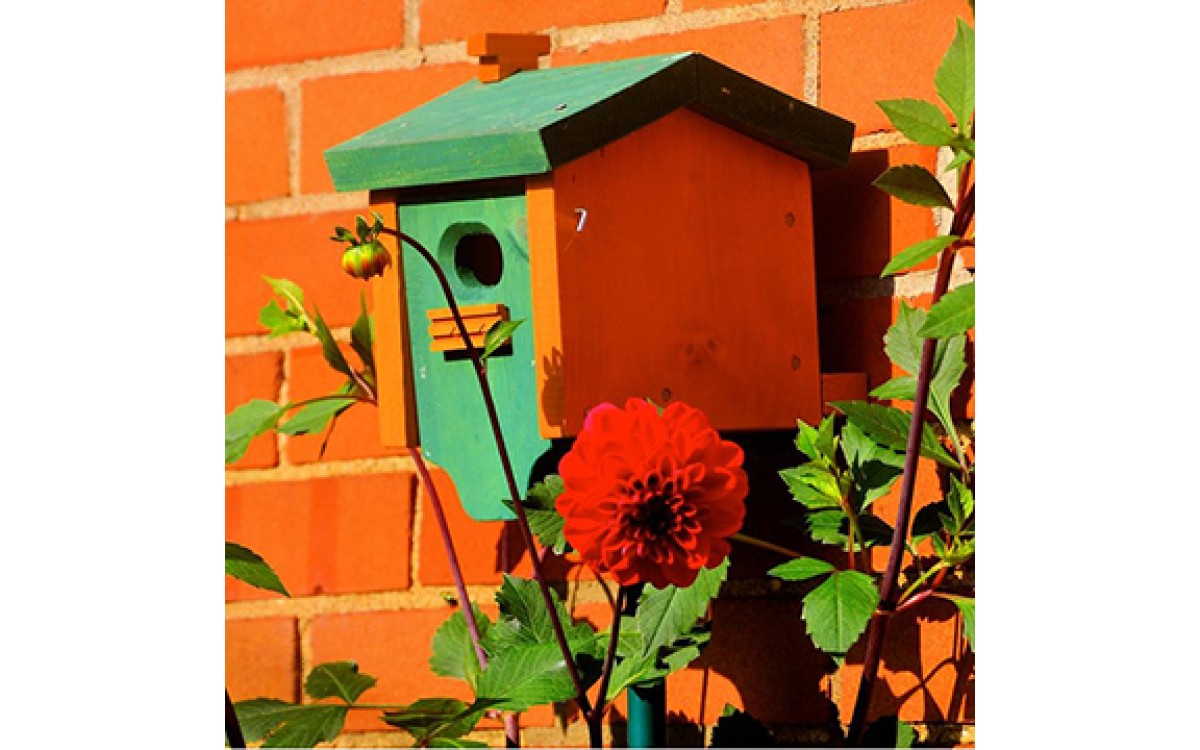There is a lot to consider when it comes to building or installing a nest box.
A reduction in natural sites has contributed to decreased populations of cavity nesting species, yet nest boxes can help to reverse this trend.
Courtship begins as early as February in species such as owls, and as signs of spring become evident, many other species start looking for places to nest.
March is a good time to prepare your nest boxes by cleaning and repairing them. You can also place a camera or webcam close to your next box if you want to follow nesting birds.
For most of us, possible nest box tenants are limited to common backyard cavity nesters such as chickadees, nuthatches, swallows, woodpeckers, and, yes, even House Sparrows and European Starlings.
Remember that not all birds nest in cavities.
A nest box needs to be specifically designed to be successful and to avoid attracting invasive species like European Starlings and House Sparrows.
Generic bird houses found in big box stores actually encourage nesting by introduced birds, and this makes life harder for our own native species.
It is important to remember that different species of birds require bird houses of different dimensions. Therefore the following criteria must be considered when buying or building a nest box:
- diameter of the entrance hole and its height relative to the base,
- inside dimensions,
- building and insulating materials (birds and eggs need protection from excessive heat or cold),
- protection from predators
Ideally, nest boxes should be weatherproof and of naturally decaying and insect resistant wood such as Western red cedar or pine.
Ventilation and drainage holes are also important. The nest box can be equipped with one opening side to allow for monitoring and seasonal cleaning.
Natural colors or browns, beiges or greens are the preferred colours (the more inconspicuous the better).
There is no need for a perch on a birdhouse; cavity nesting birds do not require them.
A perch may be used by animals raiding the nest and may tempt young birds to venture out of the box before they can fly.
So, what is the primary consideration when putting up your nest box to ensure occupancy by these choosy little house hunters?
As with any real estate, it is location, location, location.
The nest box must be placed in the right habitat for the bird you are trying to attract. You will not find chickadees in the middle of a field nor can you expect to attract bluebirds in the middle of a forest.
To reduce the chance of occupancy of swallow and Purple Martin nest boxes by House Sparrows and Starlings, it is recommended to close the entrance holes at the end of the nesting season and leave them closed (or delay installing the box if it’s been removed) until the first sign that the birds have arrived.
Keeping nest boxes out during the winter will encourage roosting by sparrows who then make early claims on the box.
In general, nest boxes can be placed from 6’ to 15’ off the ground.
Find a location protected from the sun for part of the day, and turn the entrance away from the usual direction of wind and rain (usually east).
Ensure the box is securely fastened to a post or pole and never put a nest box near a bird feeder.
Finally, nest boxes need to be thoroughly cleaned and used nesting material discarded after the birds leave in the fall to eliminate parasites. Birds can use the empty box as a winter roost.


